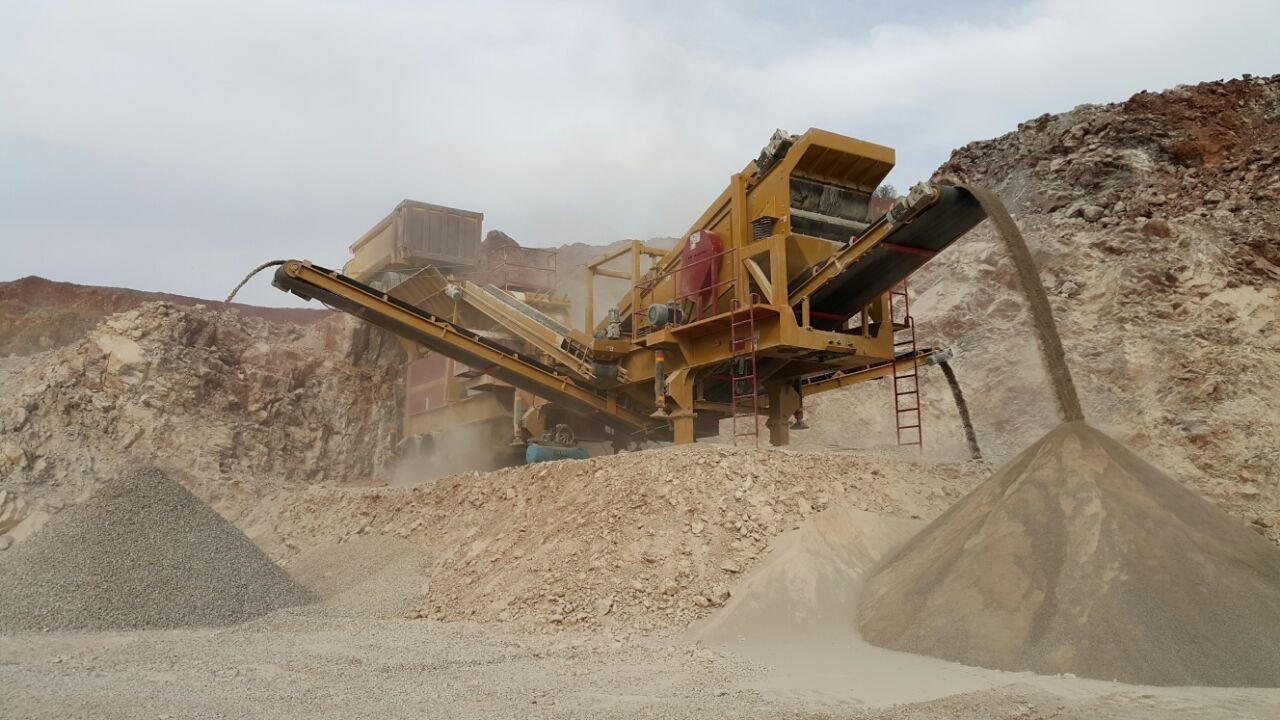1. Plant Capacity and Production Needs The first consideration should be the capacity of the crushing and grinding plant. You must calculate the production requirements and match the capacity of the plant with the volume of material to be processed daily. It is crucial to ensure that the plant can handle the required feed rate and operate at a consistent pace without frequent breakdowns or inefficiencies.
2. Technology and Efficiency In today’s competitive market, technology plays a significant role in the performance and energy consumption of the plant. Consider the plant's ability to process materials efficiently while minimizing power consumption. Look for the latest grinding and crushing technologies that allow for higher throughput, improved particle size control, and reduced wear on the equipment.
3. Quality of Equipment The equipment used in the plant should be of high quality, durable, and able to withstand heavy-duty operations. Pay attention to the manufacturer’s reputation, the materials used in construction, and whether the equipment is designed for easy maintenance.
4. Maintenance and Spare Parts Evaluate the ease of maintenance of the plant and its components. Machines that are easier to maintain and repair will lower downtime and operational costs. Also, ensure that spare parts are readily available and that there is a reliable service network in place to reduce any potential downtime.
5. Environmental Compliance Environmental regulations are becoming stricter, especially regarding air quality, noise, and waste disposal. Ensure the plant you are considering complies with local environmental laws and industry standards. Also, consider any eco-friendly features the plant may have, such as dust control systems and energy-efficient motors.
6. Cost of Ownership and Return on Investment Understand the total cost of ownership, including the purchase price, installation, operational costs, maintenance, and energy consumption. Make sure you calculate the expected return on investment (ROI) and how long it will take for the plant to become profitable.
7. Supplier Reputation and Support The reputation of the plant supplier is another critical factor. Look for a supplier with a proven track record in providing reliable equipment and excellent customer support. You should also ensure that they offer training for your staff to ensure smooth operation and troubleshooting.
8. Safety Features Ensure that the plant is designed with safety in mind. Look for features such as emergency shut-off mechanisms, safety guards, and worker protection systems to minimize the risk of accidents.
 English
English
 Le français
Le français
 Türkçe
Türkçe

